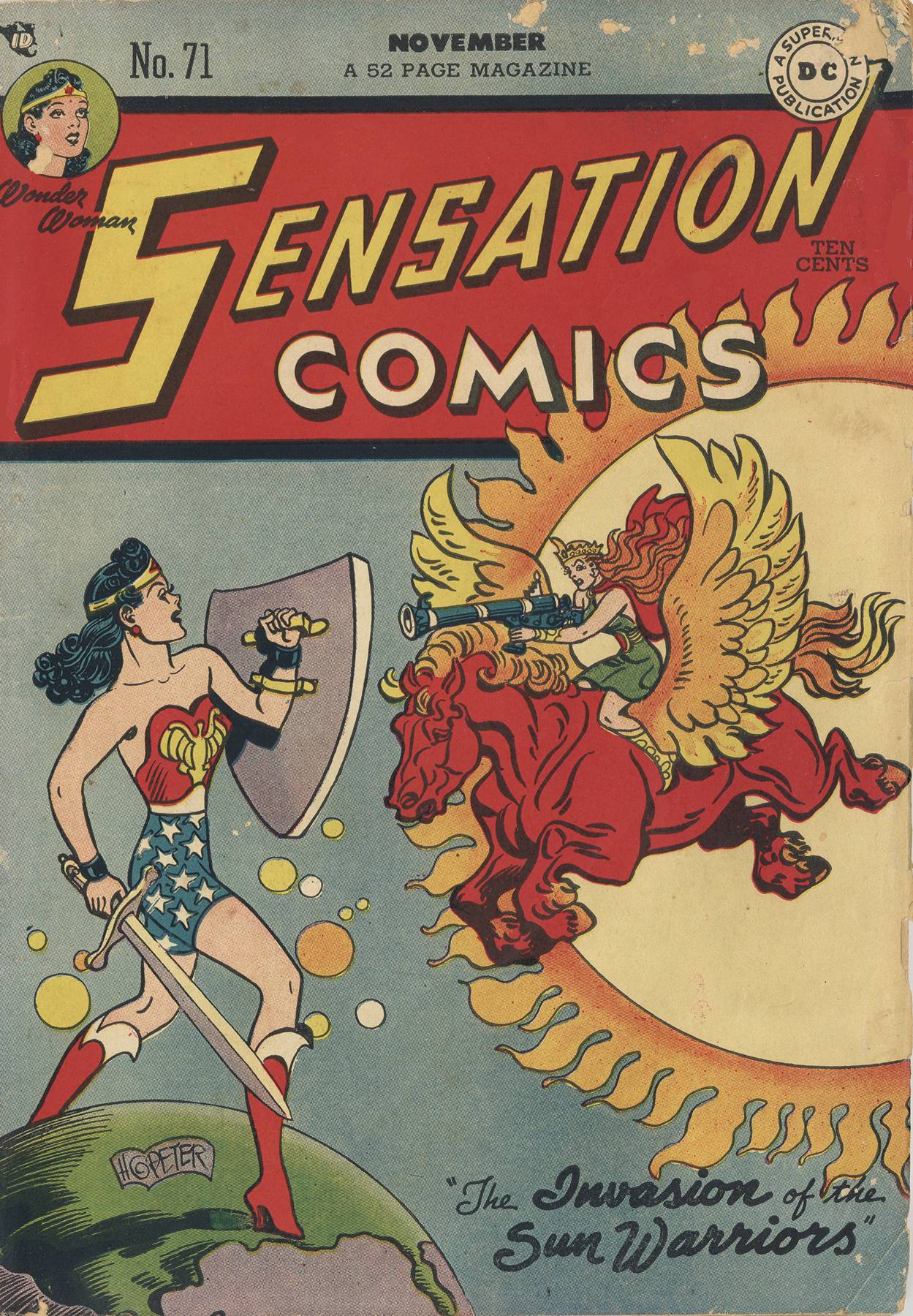

She has to constantly break free because society is constantly chaining her up. Early women's right movement imagery often featured women chained by such ideas and it carried over onto Wonder Woman. Oh Yeah, Wonder Woman does get chained up a lot, but that goes to Marston's idea that women have to constantly fight against the chains of Prejudice, Prudery and Man's Superiority placed upon them by society. Peters obviously enjoyed drawing women and animals in an attractive manner, but men, villains and backgrounds all look quickly drawn and not gone over more than once. Plenty of Steve Trevor too and just as clueless as Lois Lane.

The stories are told with the idea that they are building on old myths relaying lessons on morality, kindness and silly fun.Įtta Candy and her Holliday Girls sorority are all over this volume and they do grate, but Candy serves the same function Jimmy Olsen and Robin serve in that they give the heroes someone to talk to and help in and out of various adventures. Because of this there seems a depth their contemporaries lacked. A lot of the stuff Marston (a noted psychologist) believed about women's roles in society found its way into the Wonder Woman stories and it's very interesting to read those stories after reading Lepore's book.Īs creators go Marston and artist Harry G Peter (also involved in Woman's right movement) were older man compared to their peers working on Superman and Batman. I first got interested in the Golden Age Wonder Woman after reading Jill Lepore's excellent The Secret History of Wonder Woman which explores William Moulton Marston's history, personal life and ties to the Women's right movements in the 1920's & 1930's.

Aside from the Comics Cavalcade and Big All-American Comic Book tales, all these stories were printed in the Wonder Woman Archives Volumes 4, 5 and 6.

Included in Volume 2 is Wonder Woman stories published in: Sensation Comics 25-48, Wonder Woman 8-15, Comics Cavalcade 6-8, and one story from the unnumbered Big All-American Comic Book. Wonder Woman: The Golden Age Omnibus Volume 2 covers the January 1944 to December 1945 time period.


 0 kommentar(er)
0 kommentar(er)
